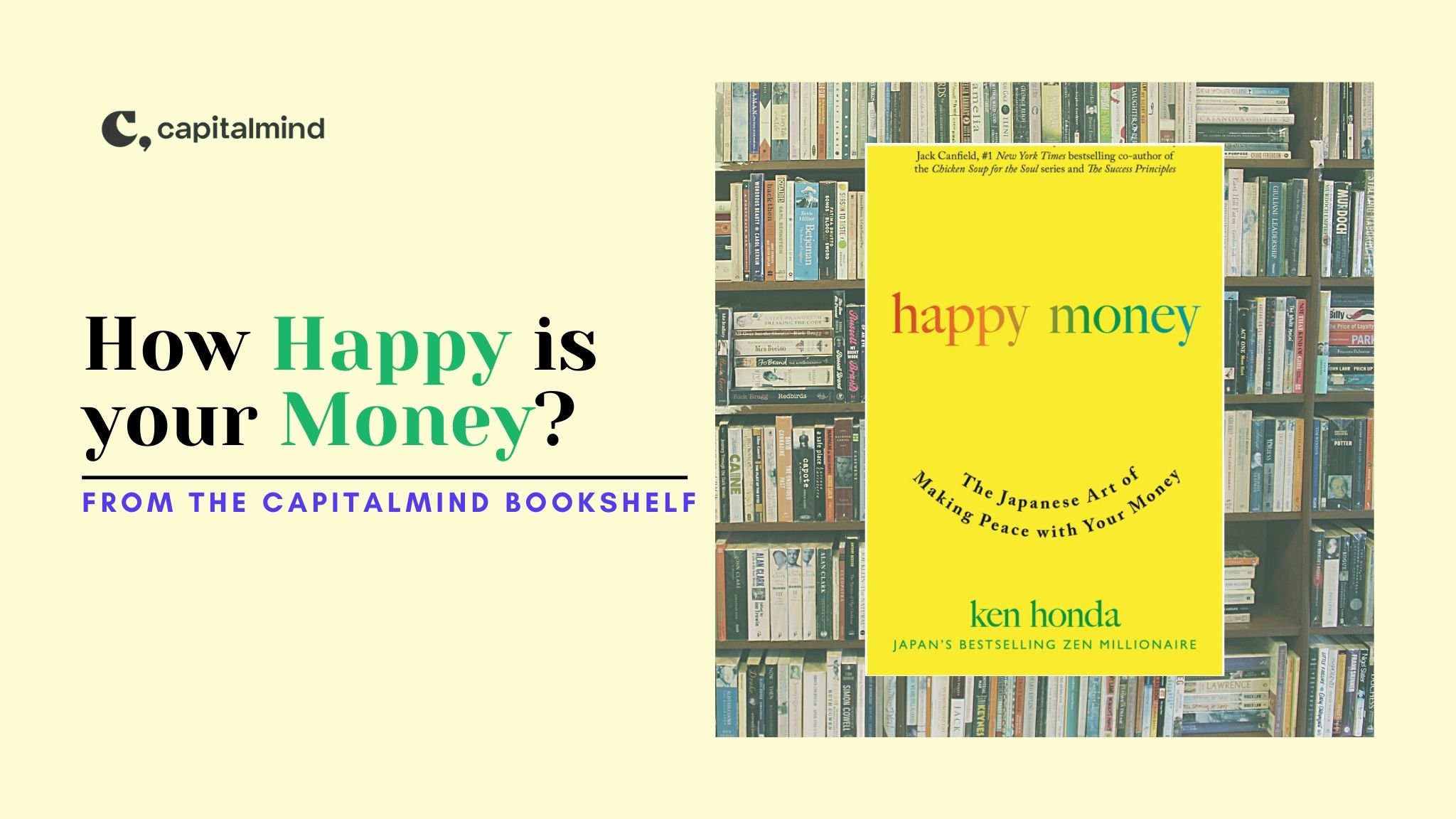An engineer, a chemist, and an economist were on a ship that capsized. They clamber onto a lifeboat with nothing but the clothes on their backs. The lifeboat just about manages to get them to a tiny deserted island before it breaks apart. Just as it goes down, our heroes salvage a solitary can of beans. The only problem, they don’t have any implements to open the can.
The engineer, his thinking cap on, suggests that he climb a palm tree to a precise height, then throw the can an exact distance at a specific angle. ‘And when the can hits,’ he said, ‘it will split open.’
‘No,’ said the chemist. ‘We’ll leave the can in the sun until the heat causes the beans to expand so much the can will explode.’
‘Nonsense,’ said the economist. ‘Using either method, we’d lose too many beans. According to my plan, there will be no mess or fuss and not a single bean will be lost.’
The engineer and the chemist exclaim, ‘That’s perfect! What’s your plan?’
The economist: ‘Well, first assume we have a can opener.’
The traditional model of financial planning, which goes something like this five-step process, assumes we have a can opener.
1. Determine your financial goals:
What are you saving for? Retirement at 55? A down payment on a house? A child’s college education? To see the Northern Lights? All of the above?
2. Assess your risk tolerance:
If you’re risk averse, consider more bond allocation. If not, dial-up exposure to equities and even riskier assets
3. Set a budget:
Here’s where my dream of owning a Maserati Granturismo might conflict with my savings budget and need for high certainty of next year’s return. Something will need to give; either a higher savings rate, a riskier asset mix, more conservative goals, or a combination.
4. Invest:
You start investing your money once you’ve determined your goals, risk tolerance, and budget. The specific constituents will depend on steps 1 to 3 above
5. Rebalance regularly:
As financial goals and risk tolerance change over time, rebalance the portfolio to shift the mix, progressively shifting from equity to debt.
The five steps above are what a financial advisor is meant to do, the “textbook” version of financial planning. The output of each step serves as input to the next, which is another way of saying getting any step wrong invalidates the whole process.
There are two fundamental problems with this approach.
Monk or Hedonist?
First, assume…you know what you will want for the rest of your life today.
Step 1 of the process needs a clear-eyed view of what you’ll need + want to spend money on decades in the future.
That means deciding whether you will be a monk or a hedonist.
For a moment, forget about variables: “What will education in a good college cost 15 years from now?” or “What will a common medical procedure with three days of inpatient care cost in 20 years?”
Do you know what you will want to spend on 20 years from now? Heck, how about five years from now?
A personal micro-example: I used to imagine owning the best cricket kit money could buy, complete with a beautiful Gray-Nicolls GN Pro Performance willow. Except, spending the better part of a day or evening on a cricket field stopped being a priority years ago. That perfect kit was not a “want” anymore.
It goes the other way too. Things or experiences you did not ever think you’d want can become significant. Some of them might happen to be expensive too.
For some, it is freshly-brewed coffee from a DeLonghi La Specialista Maestro machine. For others, it’s a healthy meal subscription that triples the monthly food bill. You can accomplish those things without the badge at a fraction of the cost. But that presumes there is no difference to those who know.
Here I distinguish appreciating something for its unique abilities versus knowing only its price tag.
After years of riding his Royal Enfield Himalayan all over the country, a motorhead friend bought a BMW R1250GS, which is 10x the price. His reasons were a chance to improve his riding skills, higher safety, and the joy of better acceleration. I couldn’t think of a better use of money for him. But he only arrived at it after thousands of kilometres on the road.
Most of us are monks about some things and hedonists about others. Unless we’re tangled up in thinking we need to impress others with our possessions.
The Monk or Hedonist question is hard because what impressed you then might not impress you now. And what you appreciate now, you did not back then. This holds for the future too. So, how do you conclude what you will want in a decade or more?
Individual Risk Tolerance is a one-year rolling return chart
First, assume…your willingness to tolerate risk is an unchanging character trait.
Risk. Midjourney prompt: Illustration of a tightrope walker high up between two skyscrapers
Step 2 of the traditional financial planning process is the most misleading.
The standard framework is:
- the length of your remaining runway to accumulate wealth
- your savings rate net of liabilities
Together these determine your ability to tolerate risk. Risk tolerance is codifiable in theory. Your colleague of the same age working alongside you at the same pay and similar financial situation should have the same risk tolerance, i.e. allocation to risky assets as you.
Real-life investor behaviour time and again shows us that is not the case.
Tools to classify investors into personality buckets abound. But most are wordier versions of the question, “What is your level of financial risk tolerance on a scale of 1 to 5?”. Not useful. There have been a few attempts at doing better at assessing investor risk.
T-model risk tolerance assessment uses a questionnaire “designed for post-processing by Data Envelopment Analysis (DEA).” It relies on comparing the scores of new respondents with that of historical baseline data of respondents who scored similarly and took into account their deviation of actual returns from expected returns.
A more popular framework called the Bailard, Biehl, and Kaiser (BB&K) Five-way model classifies individuals along two axes: level of confidence (how confidently you approach life in general, including issues unrelated to money) and method of action (whether methodical and careful or emotional and impetuous). Each quadrant has been classified into imaginatively named profiles: Adventurer, Celebrity, Guardian, Individualist and those balanced on both axes are named ‘Straight Arrow’.
BB&K Five-Way Model of Investor Personality
Individualists should make their own investment decisions; Celebrities shouldn’t. Guardians and Adventurers should outsource part of their portfolios, the opposite halves. And so on.
No matter how well-designed, the problem with any risk-personality profiling method is like testing pilots on a flight simulator to extrapolate how they will react in a plane 40,000 feet in the air.
Here’s what we’ve consistently observed
All else being the same, most people are risk-seeking when equity markets are riding high and risk-averse when markets are in a correction.
Investor Risk Labels like Conservative, Moderate, and Aggressive are more temporary states of mind than permanent investor personalities.
If the two key inputs, Long-term financial goals and Risk Tolerance, are mercurial, then is there value to the financial planning process?
Don’t stress about the perfect financial plan too early
I’ve met far too many people well into successful careers who feel they’ve “not planned enough”. They feel this way even as their balance sheets show healthy assets from improving earnings over the years, little to manageable debt, and only now approaching the peaks of their earning years. When they ask me what more they should be doing, my answer often is to just relax.
I’m going to be blasphemous here:
The usefulness of the typical financial planning exercise is inversely proportional to how many more earning years you have.
The further out you look, the less you can see:
We don’t know what we will want in the future. I’ll extend that to say beyond some basics; we also don’t know what we will need.
The inflation rate you apply to the big-ticket items like your child’s education will have outsized impacts on the “must-have” number, but how many kids? Will you even want kids when it’s time? How certain are you about living in the city you’re in, which decides the cost of real estate, whether rented or owned?
There are so many unknown variables, especially early in life.
And not knowing is not a bad thing. Imagine how boring things would be if we knew exactly how our lives would pan out decades in advance.
Your secret weapon:
The highest probability 100+ bagger you can own is your earning capability. You can maximise your earnings by moving countries and industries, becoming an entrepreneur, upskilling formally or informally, or even being good where you are.
Getting good at something valuable is your best shot at maximising future net worth.
Most people overestimate their investments’ future growth rate and underestimate their earnings’ future growth rate.
The exception would only be those whose careers are more akin to fixed income, i.e. certain but no or slow-growth cash flows for a long-time.
Keep it simple
In the words of Tim O’Reilly:
“Money is like gasoline during a road trip. You don’t want to run out of gas on your trip, but you’re not doing a tour of gas stations.”
- Focus on maximising the probability of future cash flows, whether in the form of a salary or business income. Increase your savings rate over time. Put the surplus to work in assets with the most chance of beating inflation in the long run.
- If there is a significant known expense on the horizon, then yes, that needs monitoring, and the right tactical moves from risk-seeking to risk-contained assets the closer you get to the expense.
Doing these two things to the extent you care about having nice things is all there should be to long-term financial planning.
Most people should be worrying less, not more, about money. Because there is no can opener.
Quick disclaimer: This article is purely my opinion and is context-specific, i.e. applies to those who actively think about finances and the future value of money. My samples are biased, but most people I meet tend to delay gratification and make conservative spending choices in the present. The “YOLO, let’s go all in on dogecoin!” type who’s paying interest on credit card debt tends to be the exception, and they are not reading this.
How do you think about financial planning? Let us know. @CalmInvestor @Capitalmind_in








